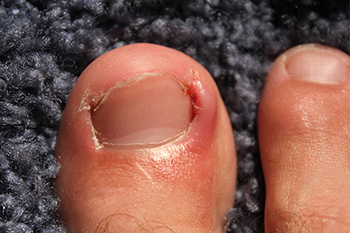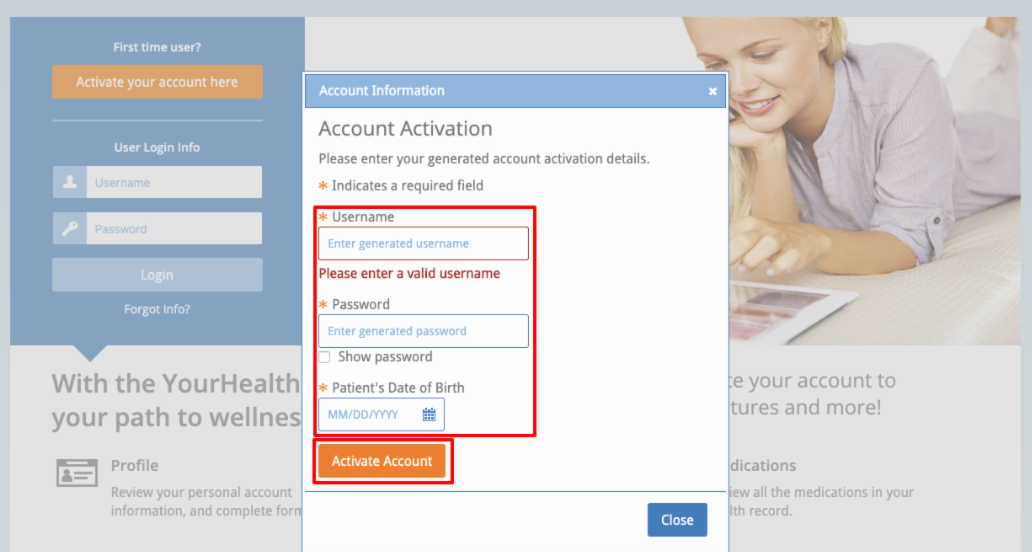
Proper toenail care is key for preventing painful conditions like ingrown toenails. Trimming your toenails straight across, rather than rounding the edges or cutting them too short, helps prevent the nail from growing into the surrounding skin. This simple step is effective in avoiding ingrown toenails, which can be worsened by wearing shoes that are too narrow or short, causing your big toe to rub against the shoe. Initially, an ingrown toenail might not cause any symptoms, but over time, it can become painful, red, and swollen, and may even become infected with pus forming under the nail. To avoid these complications and ensure effective treatment, it is important to consult with a podiatrist. Early intervention can simplify the treatment process and alleviate discomfort more efficiently. If you are experiencing signs of an ingrown toenail, it is suggested you make an appointment with a podiatrist for professional care.
Ingrown toenails may initially present themselves as a minor discomfort, but they may progress into an infection in the skin without proper treatment. For more information about ingrown toenails, contact Imaze Marian Davis, DPM of Marian Davis, DPM, PA. Our doctors can provide the care you need to keep you pain-free and on your feet.
Ingrown Toenails
Ingrown toenails are caused when the corner or side of a toenail grows into the soft flesh surrounding it. They often result in redness, swelling, pain, and in some cases, infection. This condition typically affects the big toe and may recur if it is not treated properly.
Causes
- Improper toenail trimming
- Genetics
- Improper shoe fitting
- Injury from pedicures or nail picking
- Abnormal gait
- Poor hygiene
You are more likely to develop an ingrown toenail if you are obese, have diabetes, arthritis, or have any fungal infection in your nails. Additionally, people who have foot or toe deformities are at a higher risk of developing an ingrown toenail.
Symptoms
Some symptoms of ingrown toenails are redness, swelling, and pain. In rare cases, there may be a yellowish drainage coming from the nail.
Treatment
Ignoring an ingrown toenail can have serious complications. Infections of the nail border can progress to a deeper soft-tissue infection, which can then turn into a bone infection. You should always speak with your podiatrist if you suspect you have an ingrown toenail, especially if you have diabetes or poor circulation.
If you have any questions, please feel free to contact our office located in Miami, FL . We offer the newest diagnostic and treatment technologies for all your foot care needs.

